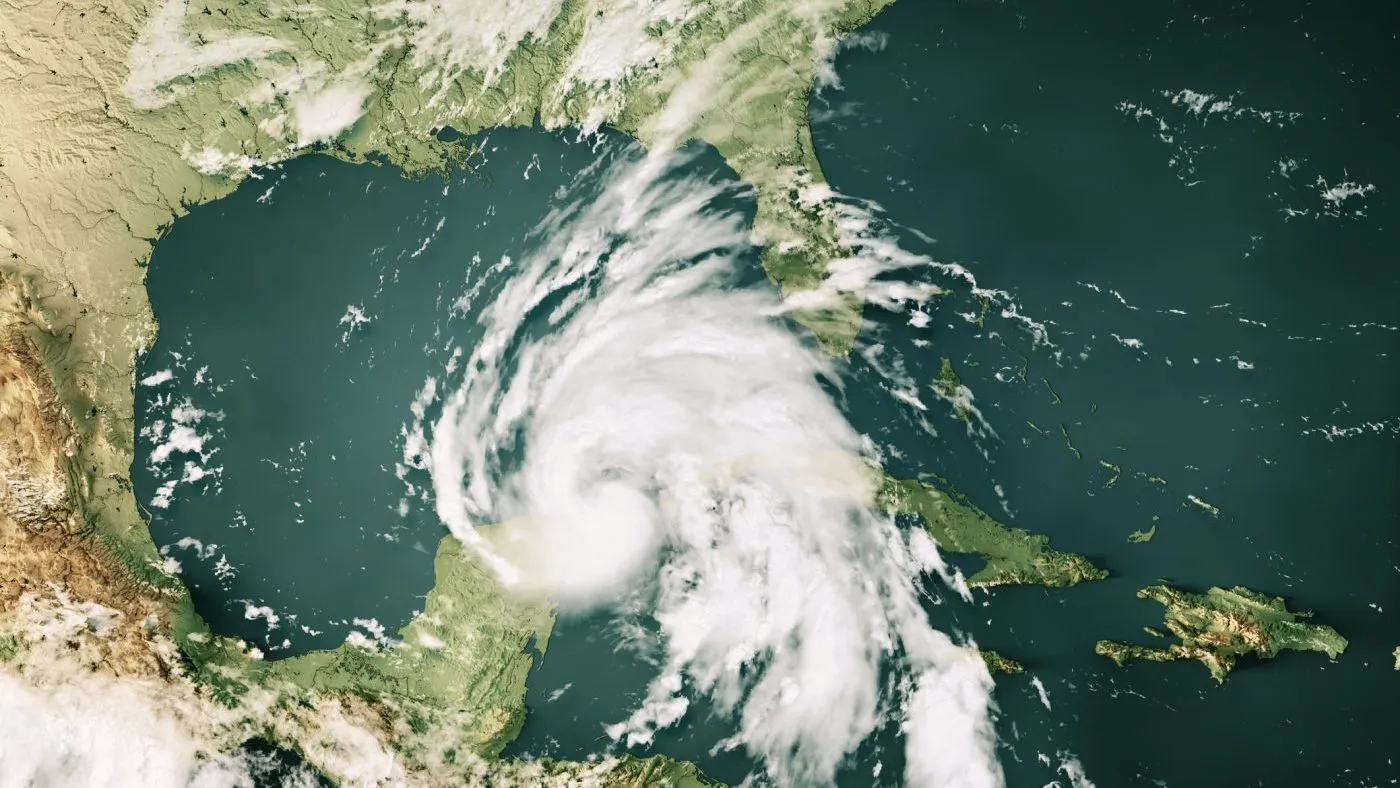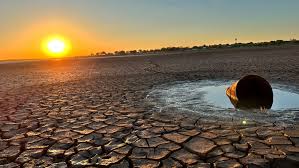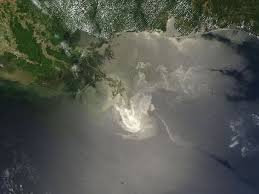With a series of devastating hurricanes striking Florida early this fall and projections indicating that storm-related damages in the U.S. could surpass $100 billion annually, it’s becoming clear that our collective efforts to mitigate climate change by transitioning to greener energy sources might not be enough.
Although there has been some success in slowing the increase of emissions, global carbon dioxide levels continue to rise, even with significant advancements in wind, solar, and hydroelectric energy. As the world's population of 8 billion grows and becomes more prosperous, energy consumption naturally increases—a positive trend overall but one that leads to higher energy demands.
While the shift to clean industries and energy must persist, it’s evident that even with intensified global emission reduction efforts, the world will still face substantial and costly consequences from climate change, including rising sea levels, altered rainfall patterns, more intense storms, and increased droughts.
Is it time to seriously consider geoengineering or climate engineering—methods to artificially cool the planet? This concept has been discussed for over fifty years and has gained traction among some forward-thinking individuals in recent decades. However, with global temperatures already exceeding pre-industrial levels by more than 1 degree Celsius (about 2 degrees Fahrenheit) and expected to reach 2 degrees Celsius in the coming decades—a threshold widely deemed dangerous—the need for such measures becomes more pressing.
Active planetary cooling initiatives could potentially reduce the severity of climate impacts significantly. Even if not all nations agree, the escalating climate threats might compel some vulnerable countries, from Pakistan to various island nations, to take unilateral action. Wealthy individuals might also attempt to influence climate outcomes on their own, though this approach is far from ideal. A more coordinated global strategy is necessary to manage any future planetary temperature adjustments effectively.
Undoubtedly, any attempt at partial global cooling would involve interfering with natural processes. Caution and extensive research are crucial before undertaking such measures. Nonetheless, humanity is already altering the planet through carbon dioxide and other emissions. The National Academy of Sciences, in a significant 2021 study, recommended more rigorous research and government funding to expand upon the limited experiments conducted thus far.
Various geoengineering methods have been proposed, with one of the most intriguing being inspired by volcanic eruptions. This “natural experiment” involves injecting sulfur dioxide into the upper atmosphere to reflect a small percentage of incoming sunlight back into space. Historical examples include Mount Pinatubo’s eruption in the Philippines in 1991 and Mount Tambora’s eruption in Indonesia in 1815, the latter causing the infamous “year without summer” in 1816, leading to cooler temperatures, crop failures, and famine. These events highlight the necessity of precise calibration to avoid overshooting and causing unintended climatic disruptions.
By studying these natural events and conducting controlled experiments, we can better understand how to manage artificial temperature changes. Cost-wise, deploying high-altitude aircraft to disperse particles appears to be the most economical option, though its effectiveness remains uncertain due to limited experimentation. Air currents could help distribute particles globally, potentially influencing the entire planet’s climate.
However, this approach carries risks. Some studies suggest that geoengineering could disrupt monsoon patterns, leading to severe weather changes. Additionally, public perception and potential blame games could arise if unintended consequences occur.
Despite these challenges, pursuing climate engineering should not diminish our commitment to reducing pollution from current industrial and energy systems. Geoengineering is unlikely to be flawless, and the more warming we need to counteract, the greater the potential for harmful side effects. Furthermore, carbon dioxide accumulation not only warms the planet but also acidifies oceans, wreaking havoc on marine ecosystems—a problem that partial temperature reductions wouldn’t resolve.
Beyond experimentation, there are significant political considerations. It may soon be necessary to initiate preliminary discussions in international forums about how to coordinate and oversee any climate engineering efforts. Decision-making bodies must represent all major countries without granting veto power to any single nation. The U.N. Security Council, heavily weighted towards established industrial powers responsible for much of the problem, is unsuitable for this role. Instead, a new body with a supermajority voting system might be required.
Determining the extent of cooling is another critical issue. Aiming for a manageable reduction, such as 1 degree Celsius, could prevent the planet from cooling below pre-industrial temperatures. By the time such decisions are made, temperatures may already have risen by 1.5 degrees, making a 1-degree reduction both necessary and achievable.
Financial responsibility should align with historical emissions, with wealthy industrialized nations bearing the brunt of the costs. Ideally, all countries should contribute, reflecting the cooperative spirit of the Paris climate accords. Expenses would cover both the cooling efforts and compensating communities adversely affected by geoengineering measures.
Achieving consensus on these matters is essential before any climate engineering attempts are made. This underscores the urgency of starting both experimental research and international dialogues now to ensure any future interventions are well-coordinated and effectively managed.
Michael O’Hanlon is the Phil Knight Chair in Defense and Strategy at the Brookings Institution and author of “Military History for the Modern Strategist: America’s Major Wars Since 1861.”






















0 Comments